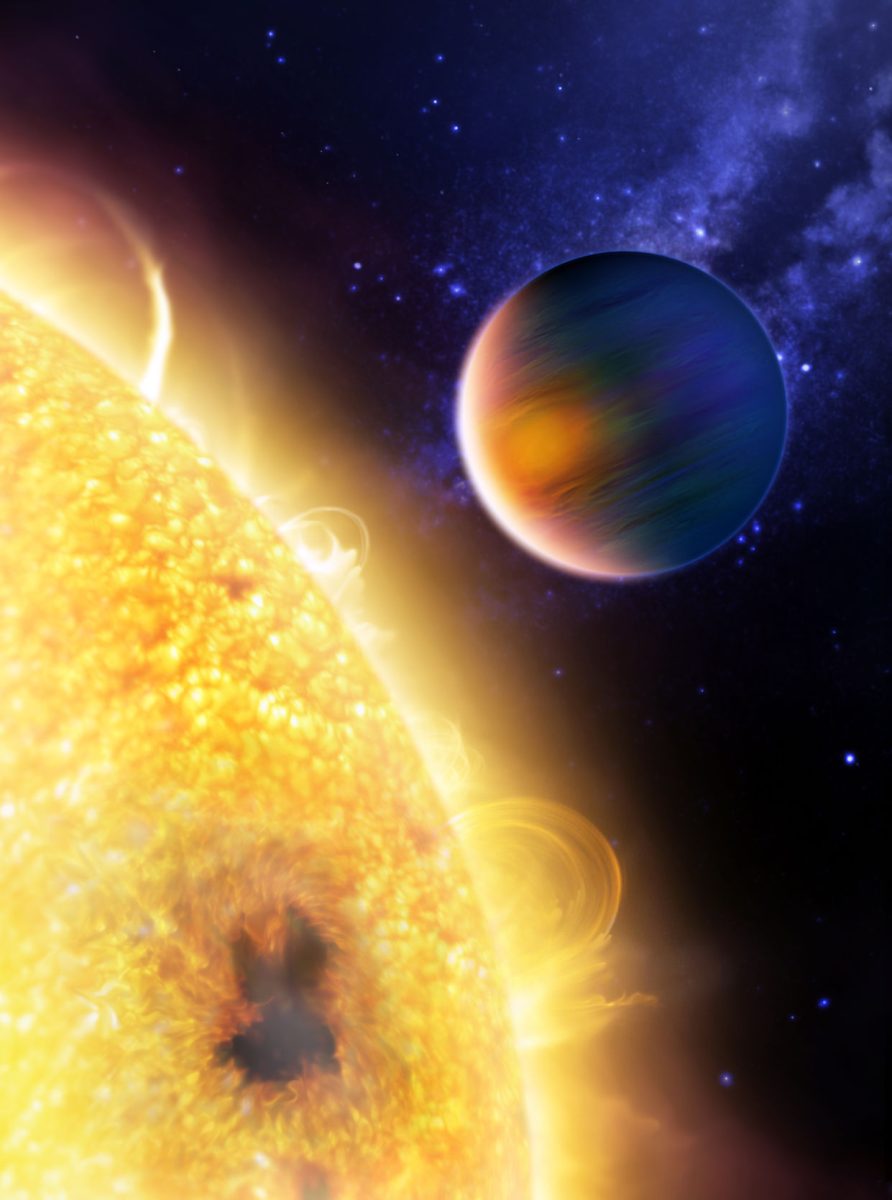It’s no secret that one of the most common themes throughout science fiction is interplanetary travel, or travel between different planets.
This may seem far-fetched to most, but for some, the dream that humanity may one day call more than one planet home is alive and well.
This dream was given more room to grow with a recent and record-breaking discovery of seven new exoplanets orbiting the same dwarf star, the most distant of which is seven times closer to the star than mercury is to our sun.
This Jupiter-sized dwarf star is part of the Aquarius constellation, and is about 12 parsecs or 40 light years away from earth. A research paper published in Nature reports that both ground and space telescopes were used to determine that at least seven (possibly more) exoplanets orbit this star. The star and the seven planets orbiting it form the system called TRAPPIST-1, named after the telescope that discovered it.
This system was actually discovered in early 2016, but at the time scientists only had evidence of three planets orbiting the star. Nothing was known about the planets at that time.
This study, completed by Michaël Gillon from Space Sciences, Technologies and Astrophysics Research (STAR) Institute and the Université de Liège in Belgium, presents evidence that these planets, much like the earth, are rocky, which as far as we know is the only type of space body that could sustain life.
The research team was also able to determine information including the nature of the planets’ orbits. They hypothesize that the planets formed further away and then migrated inward towards the star.
These planets all are within what is known as the habitable zone, the distance from the star that allows for liquid water, which is essential to the development of life as we know it.
Further study will not only reveal if the planets are capable of containing water, but also if liquid water is in fact already present.
Dr. Sean Brittan, a professor of astrophysics at Clemson University said, “This is [a] very exciting result. We now have a system in our backyard with planets in the habitable zone. This will be an excellent target for future studies of the planetary atmospheres to see if they have atmospheres, liquid surface water, and someday perhaps we will even be able to search for biomarkers.”
Though these planets are certainly out of our reach for now, this study is an important step into finding other planets suitable for human life. But who knows? Maybe humanity will one day call TRAPPIST-1 home.
Categories:
Tigra Scientifica: Seven planets found orbiting the same star
Richard Melton, Contributor
April 24, 2017
0
Donate to The Tiger
Your donation will support the student journalists of Clemson University. Your contribution will allow us to purchase equipment and cover our annual website hosting costs.
More to Discover








